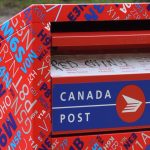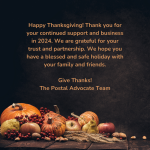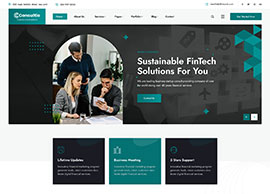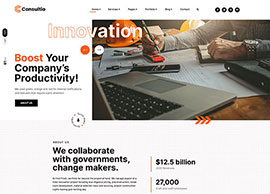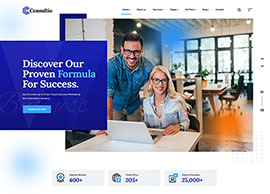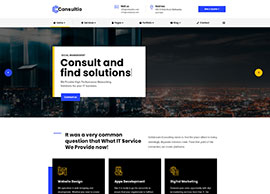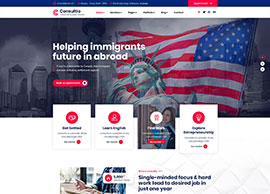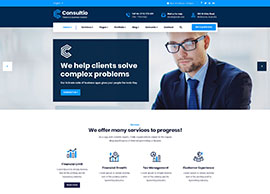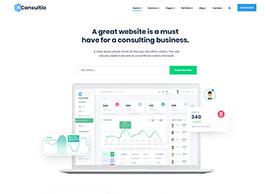The postage costs for mailing First-Class Mail® flats have increased by 40-64% over the last 3 years and we are expecting 2 increases per year starting in July 2025 when we should see similar increases. This is higher than First- Class® letters that have gone up by 29-33% as you can see in the chart below. Organizations need to rethink how they are sending flats because the costs are out of control, and there are ways to significantly reduce them. The goal of this article is to explain the details around flats and strategies you can use to save money.

There were 5 billion flats mailed in 2023 making them one of the most significant mail segments. These are defined as items having at least one dimension greater than 11.5” long, 6.125” high or .25” thick. The weight is 1-13 oz and the most common forms would be 9 x12 or 10 x13 envelopes or catalogs. This is compared to the lower priced letter category, which has a maximum size of 6.125” x 11.5” x .25” thick and 3.5 oz.
Folding Flats
The best way to save money on flats is to have a better strategy for when they are used. We see lots of companies using flats for page counts that could be folded in half into 6 x 9.5” letter envelopes. In the First-Class Mail® segment, flats are used to send invoices, statements, insurance policies, medical records or items with higher page counts. We hear from clients that they have either always used flats or did not think through the cost differences when determining when they should use flats vs. letters. You can fold about 15 sheets of paper into a 6 x 9.5” envelope and the rate differences are amazing as you can see in the chart below. These 44-76% savings occur for the following reasons:
- The USPS® rate for the flat is much higher than the rate for the letter.
- The envelope weighs more (.6 ounces vs. .3 ounces) potentially pushing you to the next ounce weight.
- Presorted and Automation letters are a set rate up to 3.5 ounces. This means the flat with 15 sheets which is at the 4-ounce rate, is compared to a-1 ounce letter rate.
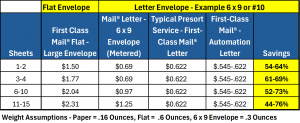
Since most large volumes of flats are done by third party print and mail service providers, it is important to ask the maximum number of sheets they can insert into a 6 x 9.5” envelope on their inserters.
For Marketing Mail®, items may not be going in envelopes. The options would be to fold and tab the piece, or designing the size of the mail to meet USPS guidelines for letters with a maximum size of 6.125” x 11.5” x .25” thick and 3.5 oz.
Automate Flats
If the item must go as a flat, the USPS has automation discounts in place that can reduce the costs by 3-79%. Here are the basic strategies:
- Use a presort service to pick up your flats (Along with your letters). Typical savings are 3-10%.
- High volume mailers can either have automation software in their office or outsource to a third-party print and mail facility, to sort their flats prior to submitting to the USPS. Typical savings are 10-30%.
- Convert flats without personalized content from First-Class Mail® to Marketing Mail®. 50-79% Savings.
Entry Discounts
With Marketing Mail®, USPS offers entry discounts to move the items closer to the final destination. If you move your mail to the Destination Network Distribution Center (DNDC), or to a finer Destination Sectional Center Facility closer to the delivery address, the USPS will give extra rate incentives as you can see in the chart above. These discounts get larger for items over 4 ounces. As an example: 7-ounce Marketing Mail® Commercial Flat is $.968-1.322 vs. moving to the DSCF lowers the price over $.19 to $.759-1.13.
If most of your mail is local, it may be feasible to move it yourself to your local DSCF, but most high-volume mailers will use a transportation service that specializes in moving this mail. This could be a presort service, a logistics provider, or an outsource print and mail service that coordinates this for the mail.
Visibility and Control
In most organizations in the US, there is not a single owner of mail and limited expertise internally on best mail best practices. The biggest challenge to implementing the savings above is to understand the detail of what mail is being generated. This is further complicated since most of the mail is outsourced to third parties. The only way to save money through mail is to gain visibility to what is being sent and then to compare it to other options available. This is what we spend most of the time doing with clients, and if done correctly, yields amazing savings results.
Conclusion
The USPS is raising flats at higher amounts than letters because they cost more to process. As the volume of flats decreases, their unit costs are going to increase at higher levels that will get passed on through rate changes. The good news is that with proper visibility, strategy and oversight, the costs can be decreased by as much as 79%.


